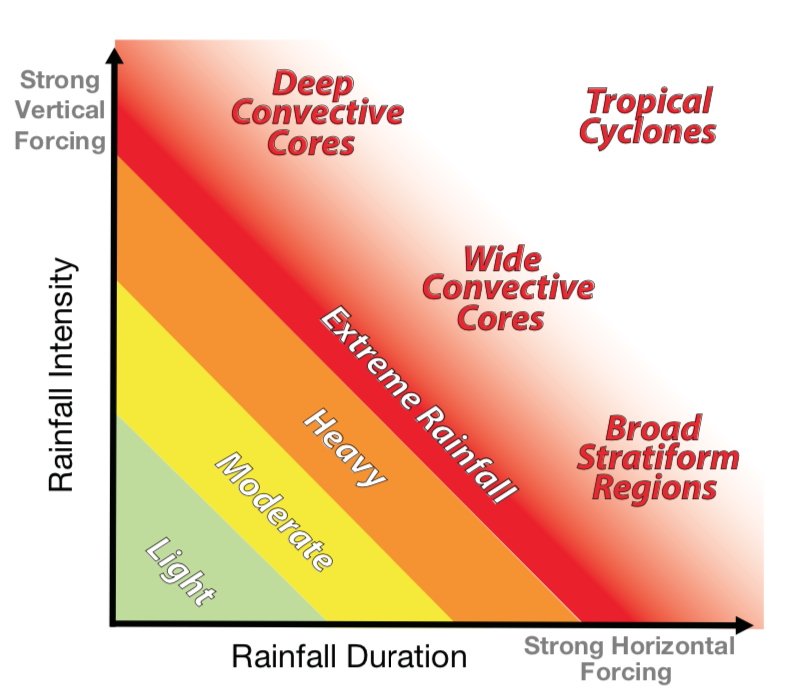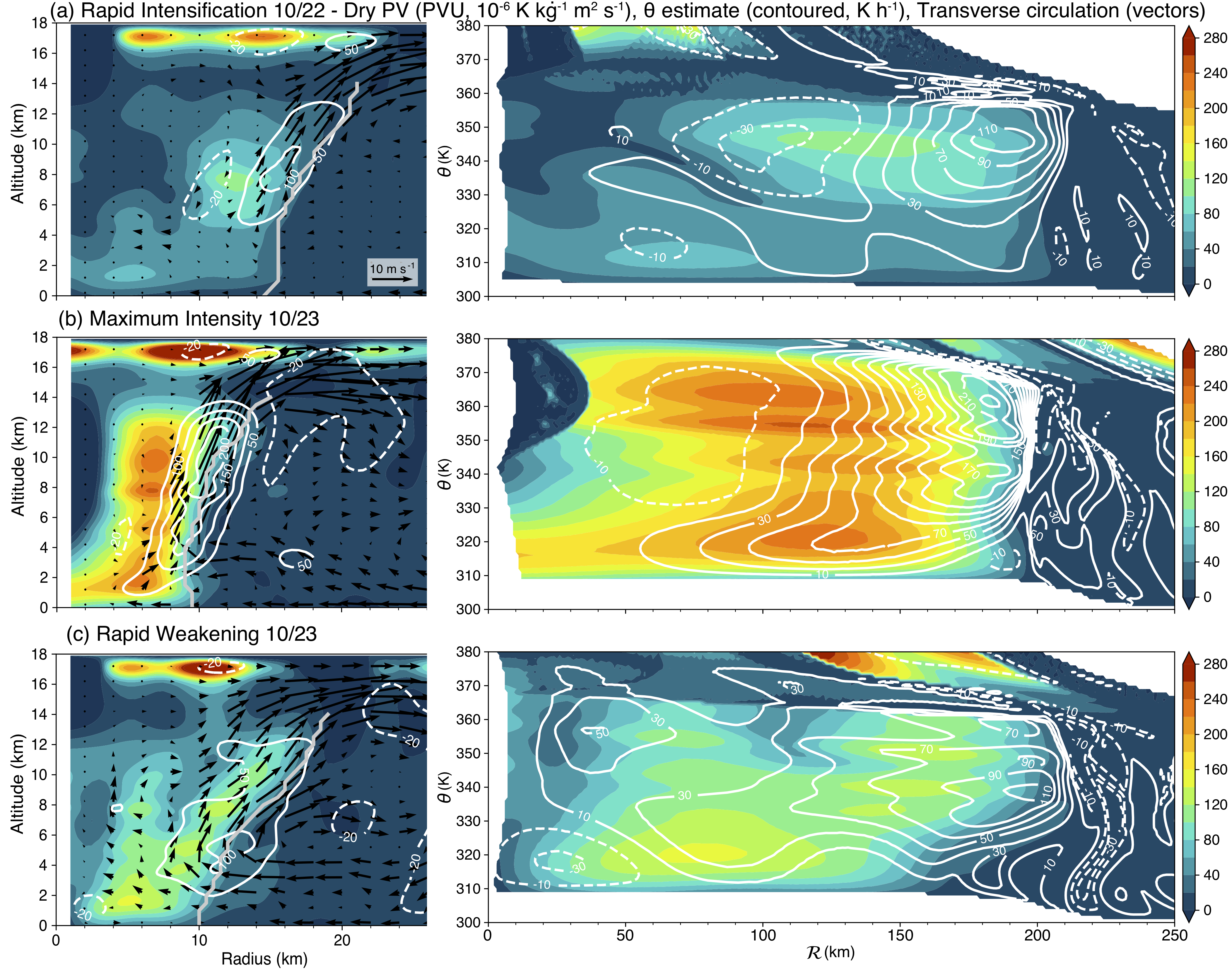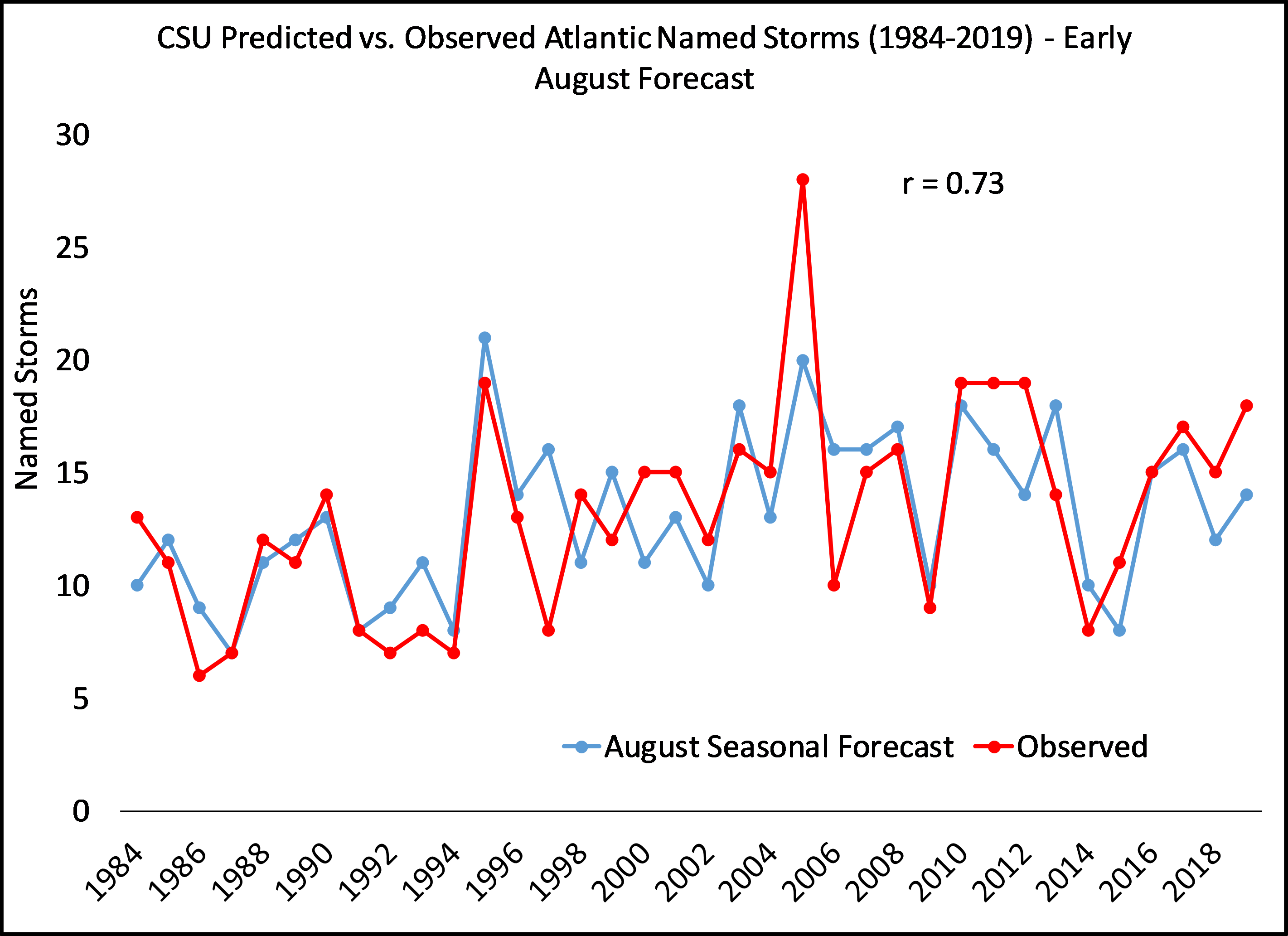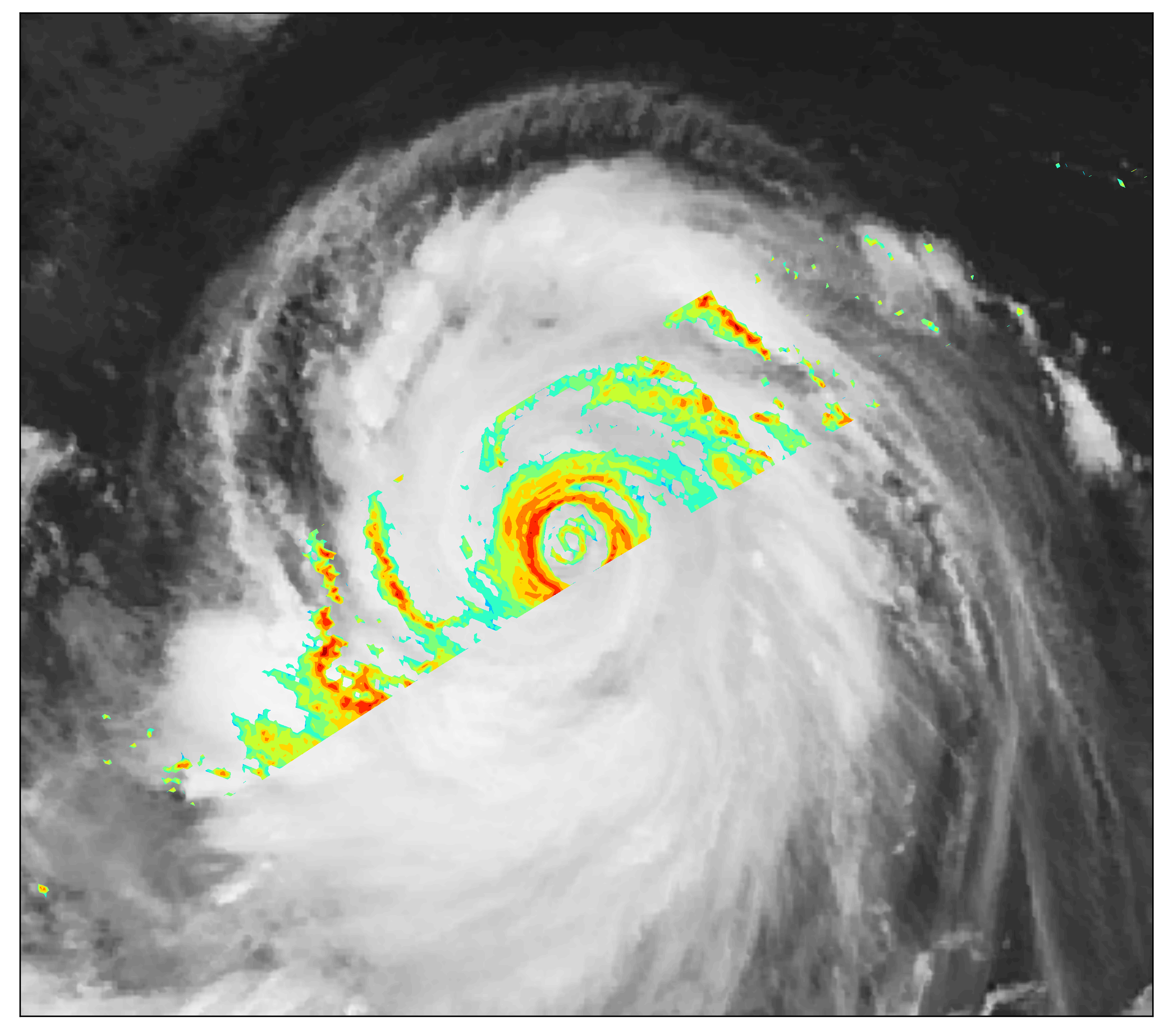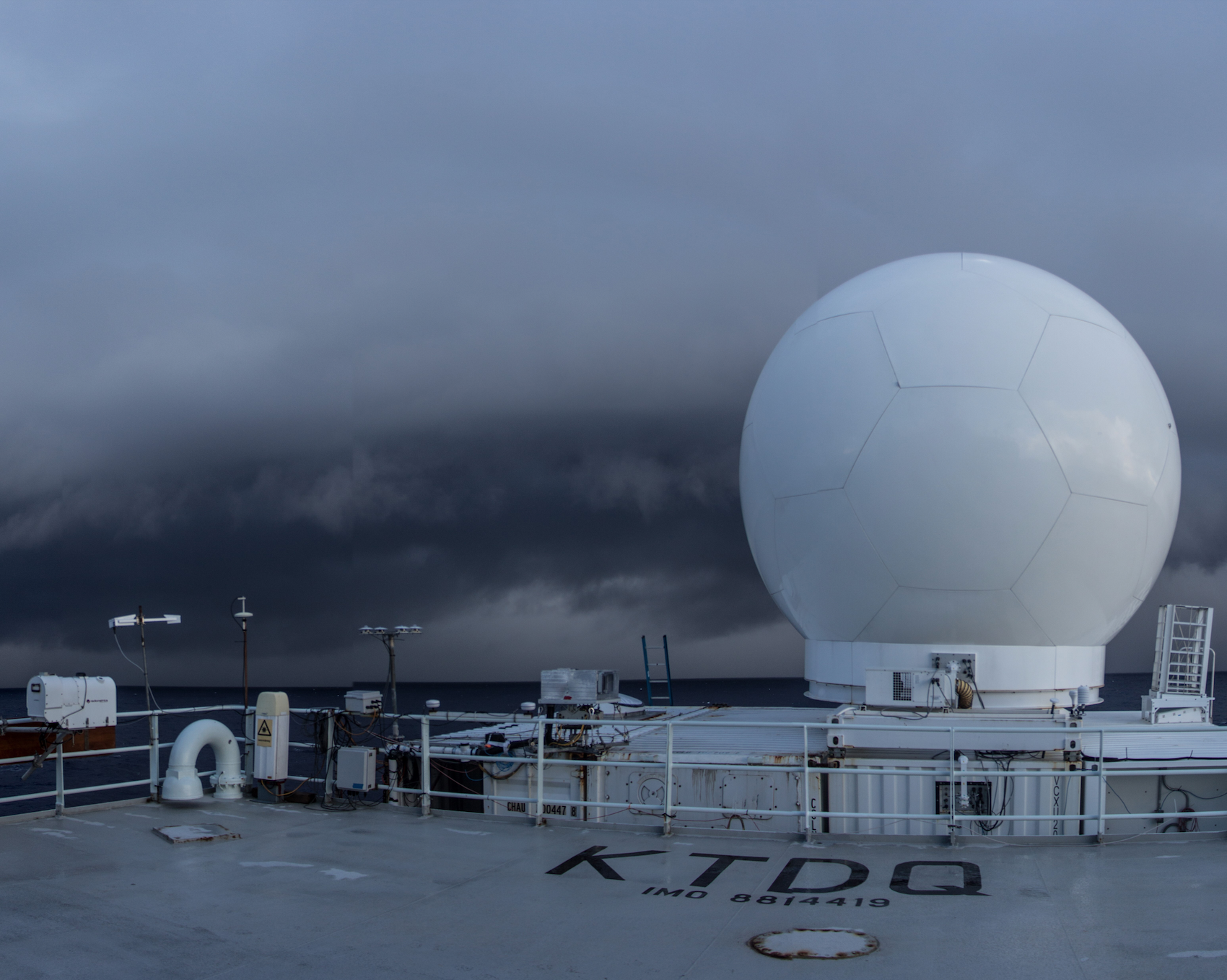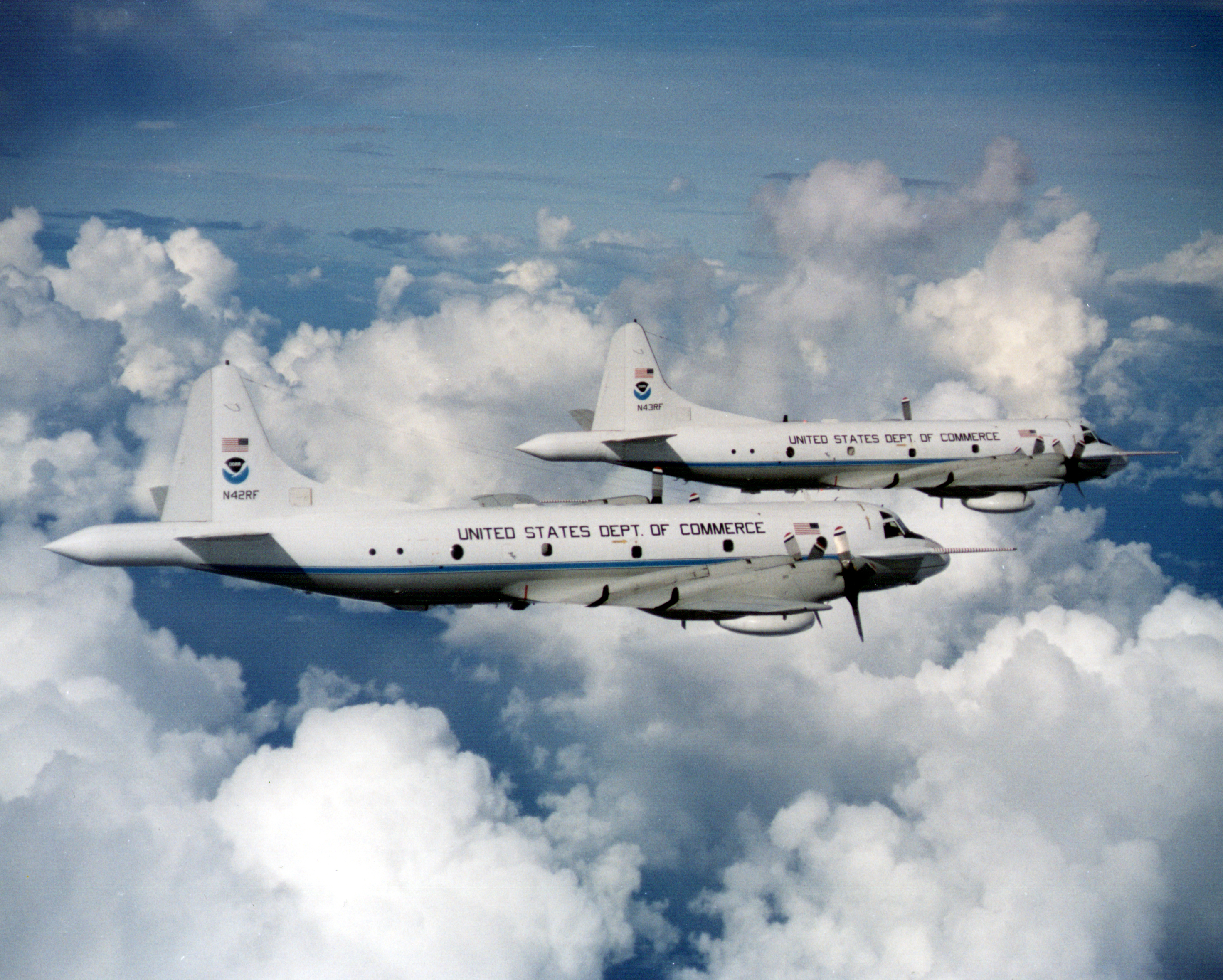Dynamics, Thermodynamics, and Microphysics of Extreme Rainfall observed during PRECIP
NSF Prediction of Rainfall Extremes Campaign In the Pacific (PRECIP)
Extreme rainfall is a high impact weather phenomenon that profoundly affects people around the world, but our fundamental understanding and quantitative forecast skill for these events remains limited. To address these important scientific and forecast challenges, PRECIP in summer 2021 over Taiwan will be conducted to improve our understanding of the multi-scale dynamic, thermodynamic, and microphysical processes that produce extreme precipitation.
Acknowledgement: NSF AGS-1854559
